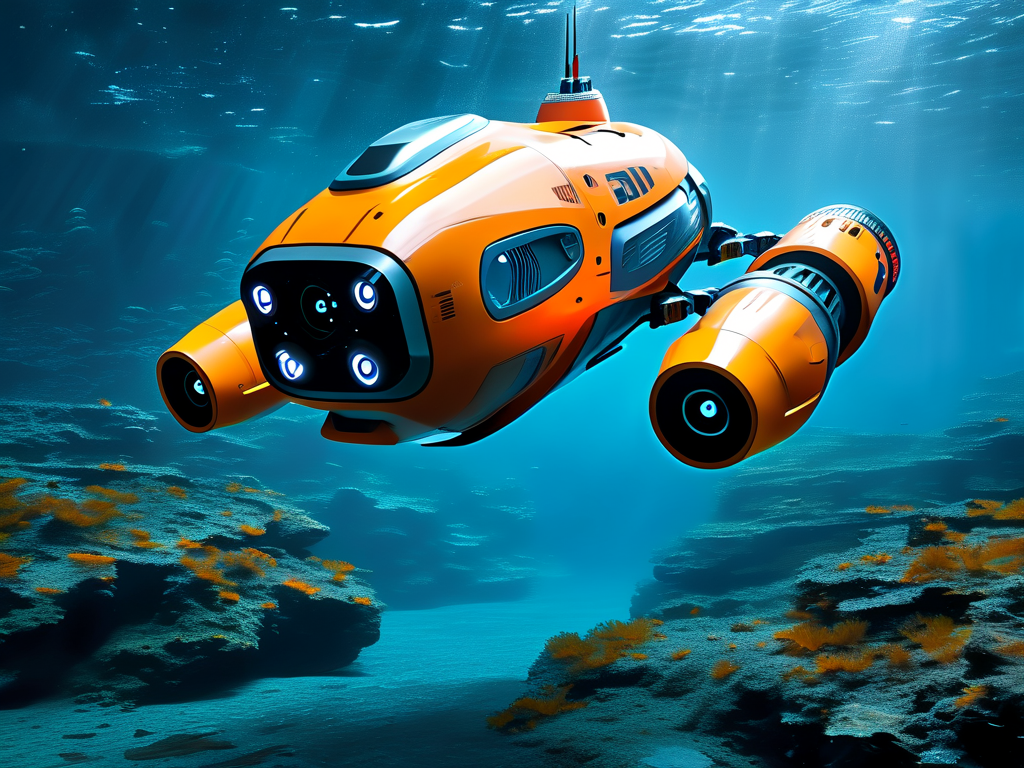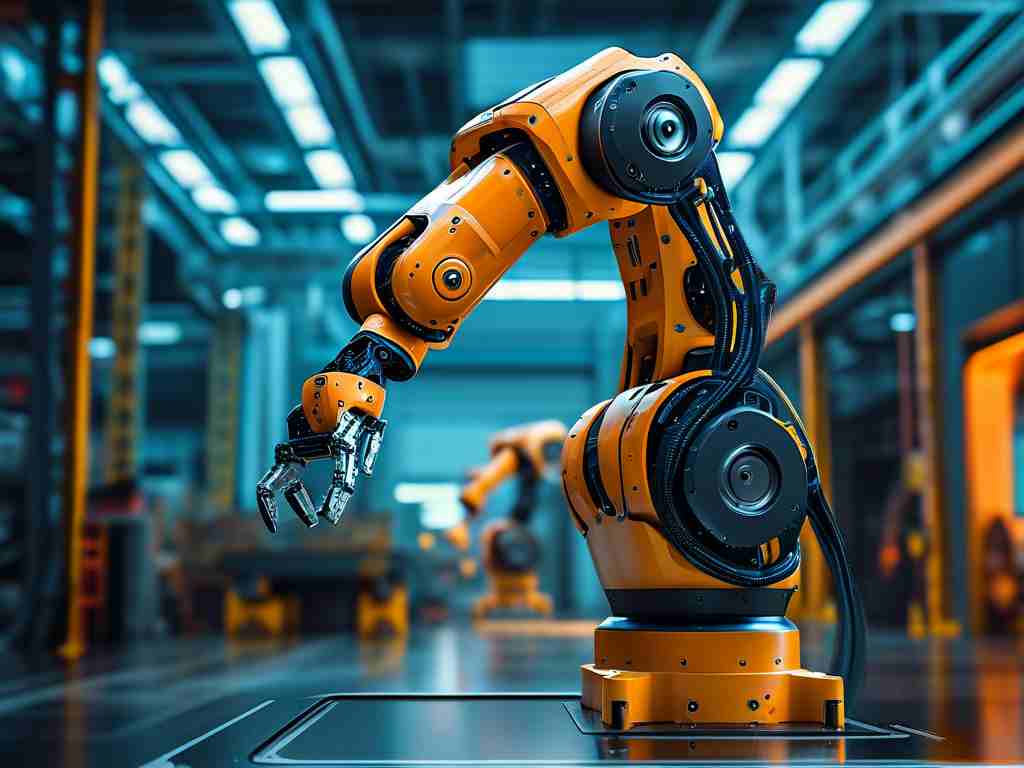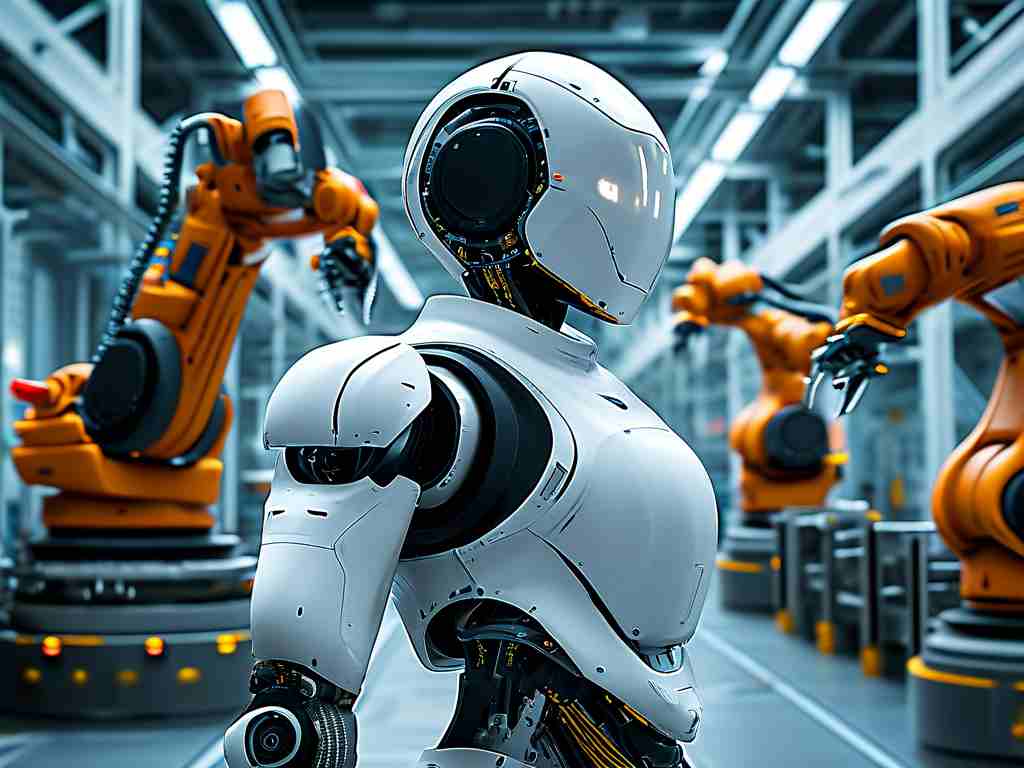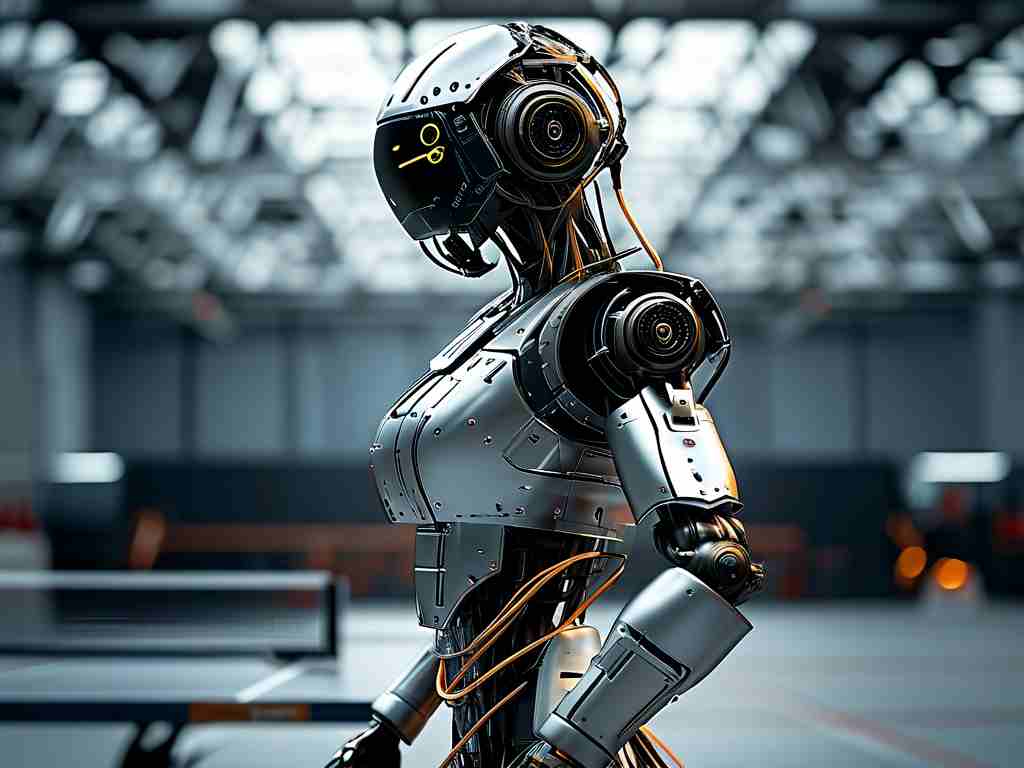In recent years, advancements in robotics have led to significant breakthroughs in enabling machines to operate effectively in environments where water poses a risk. Water avoidance technology has become a critical focus for engineers, particularly as robots are increasingly deployed in agriculture, disaster response, and underwater exploration. This article explores the mechanisms behind these systems, their real-world applications, and the challenges that remain.

The Challenge of Water in Robotics
Water exposure can damage sensitive electronic components, corrode mechanical parts, and interfere with sensor accuracy. For robots operating in wet environments—such as flood zones, marine ecosystems, or agricultural fields—avoiding water is not just a matter of efficiency but survival. Traditional methods like waterproof casings are often insufficient for dynamic scenarios where contact with water is unpredictable.
Core Technologies Powering Water Avoidance
Modern water avoidance systems rely on a combination of hardware and software innovations. Key technologies include:
- Hydrophobic Surface Coatings: Inspired by natural examples like lotus leaves, engineers have developed nano-coatings that repel water. These materials prevent droplets from adhering to a robot’s exterior, reducing the risk of short circuits.
- Predictive Sensors: LiDAR and infrared sensors are now paired with machine learning algorithms to detect moisture levels and predict water sources. For instance, agricultural robots use soil moisture data to reroute around oversaturated areas.
- Dynamic Gait Adjustments: Legged or wheeled robots employ real-time terrain analysis to alter their movement patterns. A hexapod robot, for example, might raise its legs higher when traversing puddles.
A case study from the University of Tokyo highlights a drone equipped with capacitive proximity sensors that detect water surfaces up to 30 cm away. When tested in simulated flood environments, the drone successfully altered its flight path 89% of the time, showcasing the potential of reactive systems.
Applications Across Industries
The practical uses of water avoidance tech are vast:
- Disaster Robotics: During floods, search-and-rescue robots navigate submerged areas while avoiding prolonged water exposure. The German-developed AquaShield robot uses ultrasonic sensors to map safe paths in real time.
- Precision Agriculture: Autonomous tractors and harvesters leverage soil hydration data to protect crops from overwatering and prevent machinery damage. John Deere’s latest AgriBot series integrates rain prediction APIs to adjust irrigation schedules.
- Marine Exploration: Underwater drones like the OceanOne-K from Stanford utilize pressure-resistant housings alongside AI-driven current analysis to maintain safe depths and avoid turbulent zones.
Limitations and Future Directions
Despite progress, challenges persist. High-frequency sensors drain battery life, and hydrophobic coatings degrade over time. Researchers at MIT are experimenting with self-healing polymers that repair surface cracks caused by abrasion. Another frontier is biomimicry—studying water striders or diving beetles to refine buoyancy control algorithms.
Ethical considerations also arise. Over-reliance on autonomous systems in hazardous water environments could lead to job displacement in industries like commercial diving. Additionally, ensuring these robots do not disrupt aquatic ecosystems remains a priority.
Robotic water avoidance technology represents a fusion of material science, AI, and mechanical engineering. As climate change increases the frequency of extreme weather events, the demand for resilient robots will grow. By addressing current limitations and drawing inspiration from nature, engineers are paving the way for machines that operate seamlessly in Earth’s most challenging environments.









